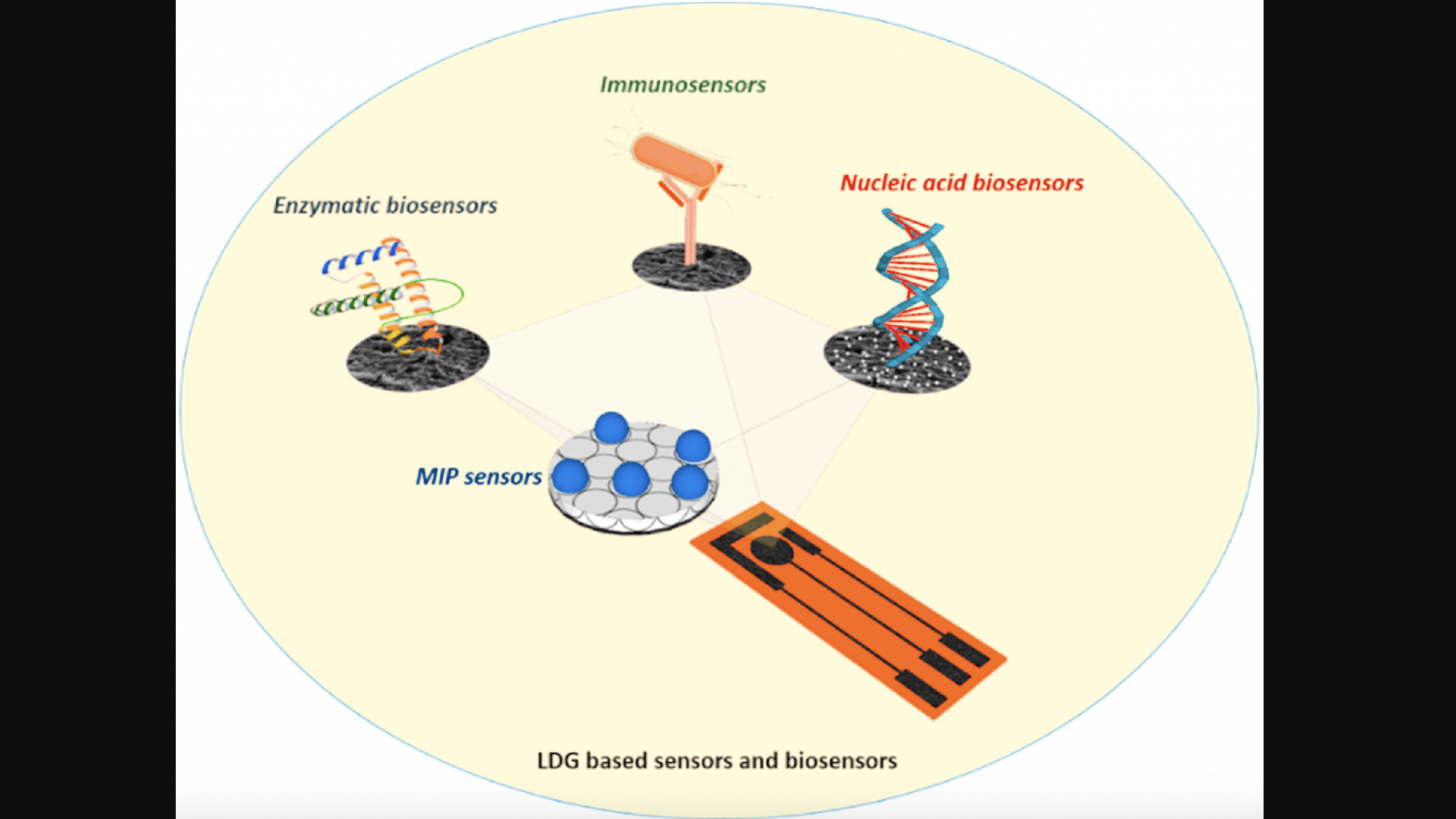Abdellatif Ait Lahcen, et al., "Electrochemical sensors and biosensors using laser-derived graphene: A comprehensive review." Biosensors and Bioelectronics 168, 2020, 112565.
Laser-derived graphene (LDG) technology is gaining attention as a promising material for the development of novel electrochemical sensors and biosensors. Compared to established methods for graphene synthesis, LDG provides many advantages such as cost-effectiveness, fast electron mobility, mask-free, green synthesis, good electrical conductivity, porosity, mechanical stability, and large surface area. This review discusses, in a critical way, recent advancements in this field. First, we focused on the fabrication and doping of LDG platforms using different strategies. Next, the techniques for the modification of LDG sensors using nanomaterials, conducting polymers, biological and artificial receptors are presented. We then discussed the advances achieved for various LDG sensing and biosensing schemes and their applications in the fields of environmental monitoring, food safety, and clinical diagnosis. Finally, the drawbacks and limitations of LDG based electrochemical biosensors are addressed, and future trends are also highlighted.
